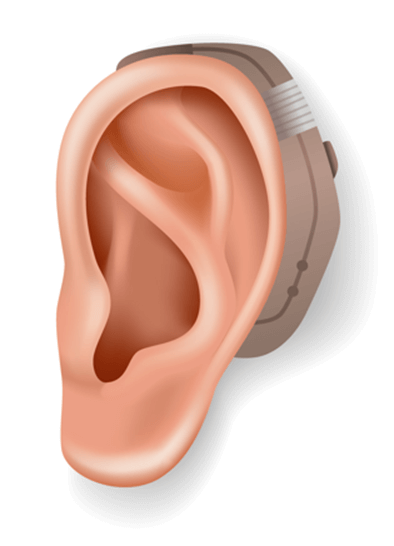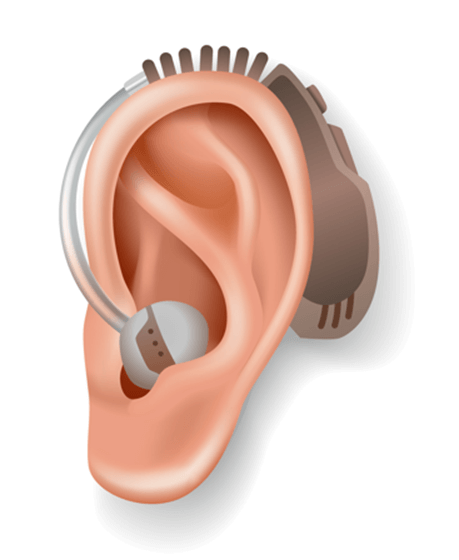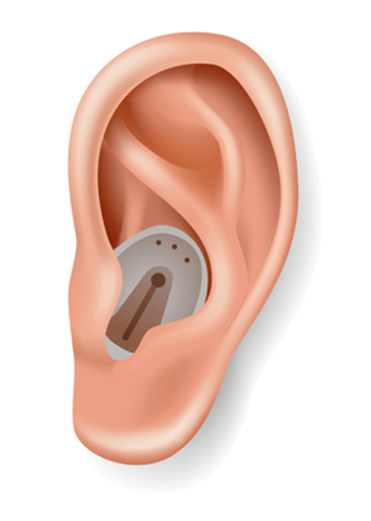Introduction
Hearing loss is a common experience among pensioners and can significantly impact daily life, making conversations difficult and reducing engagement in social activities. Thankfully, modern hearing aids for pensioners offer effective solutions to improve hearing and overall well-being.
This guide will help you understand different types of hearing aids, essential features to look for, costs, financial assistance options in Australia, and how to properly adjust to and maintain your device.
Table of Contents
- Understanding Hearing Loss in Pensioners
- Types of Hearing Aids for Pensioners
- Key Features to Look for in a Hearing Aid
- Choosing the Right Hearing Aid for Your Needs
- Cost of Hearing Aids and Financial Assistance in Australia
- How to Get a Free or Subsidised Hearing Aid in Australia
- Adjusting to a New Hearing Aid
- Caring for Your Hearing Aids
- Common Problems and Troubleshooting
- FAQs
Understanding Hearing Loss in Pensioners
Hearing loss often occurs gradually with age and can be influenced by prolonged exposure to loud noises, medical conditions, or genetic factors. Common signs of hearing loss include:
- Struggling to hear conversations, especially in noisy places
- Frequently asking people to repeat themselves
- Increasing the volume of the TV or radio
- Difficulty hearing on the phone
- Ringing or buzzing sounds in the ears (tinnitus)
If you notice any of these symptoms, visiting an audiologist or audiometrist for a hearing test can help determine the level of hearing loss and suitable solutions.
Types of Hearing Aids for Pensioners
Hearing aids come in different styles and sizes, catering to various levels of hearing loss and personal preferences.
1. Behind-the-Ear (BTE) Hearing Aids
- Sit behind the ear with a tube connecting to an earpiece
- Suitable for mild to severe hearing loss
- Easy to adjust and handle

2. In-the-Ear (ITE) Hearing Aids
- Custom-made to fit inside the ear
- Suitable for mild to moderate hearing loss
- More discreet than BTE models

3. Receiver-in-Canal (RIC) Hearing Aids
- Similar to BTE but smaller and more discreet
- Provides clear sound quality
- Ideal for various levels of hearing loss
- Most natural sounding hearing aids
- Best hearing aid to improve speech clarity

4. Completely-in-Canal (CIC) and Invisible-in-Canal (IIC) Hearing Aids
- Fit deep inside the ear canal
- Almost invisible when worn
- Suitable for mild to moderate hearing loss

Choosing the right type depends on personal comfort, hearing needs, and budget.
Key Features to Look for in a Hearing Aid
When selecting a hearing aid for pensioners, consider the following features to ensure the best performance:
✔ Rechargeable Batteries – Avoids the hassle of frequent battery replacements
✔ Noise Reduction – Helps reduce background noise for more comfortable conversations
✔ Bluetooth Connectivity – Allows direct connection to smartphones and TVs
✔ Directional Microphones – Enhances clarity of speech by filtering out background noise
✔ Automatic Volume Control – Adjusts sound levels based on the environment
✔ Telecoil (T-Coil) Compatibility – Improves clarity during phone calls and public audio system use
Choosing the Right Hearing Aid for Your Needs
When selecting a hearing aid, consider:
✅ Shape of Hearing Loss – A custom hearing aid can be used for flat shaped hearing loss, whereas RIC or BTE is better for sloping hearing loss.
✅ Level of Hearing Loss – Some models are designed for mild loss, while others cater to severe cases.
✅ Lifestyle – Active pensioners may prefer hearing aids with Bluetooth and noise cancellation.
✅ Comfort and Fit – Ensure the hearing aid feels comfortable for extended wear.
✅ Ease of Use – Larger models may be easier to handle if dexterity is an issue.
✅ Cost and Financial Assistance – Consider affordability and available subsidies.

Consulting an audiologist can help you make an informed decision based on your hearing test results and daily needs.
Cost of Hearing Aids and Financial Assistance in Australia
Hearing aid prices vary based on features and technology levels. In Australia, costs typically range from $1,500 to $6,000 per ear. However, several financial assistance programs help reduce costs:
- Hearing Services Program (HSP) – Government-funded hearing aids for eligible pensioners
- Private Health Insurance – Some policies provide partial coverage for hearing aids
- State and Territory Assistance – Additional funding may be available depending on location
How to Get a Free or Subsidised Hearing Aid in Australia
The Australian government provides support for pensioners needing hearing aids through the Hearing Services Program (HSP).
Steps to Apply for the HSP
- Check eligibility – Visit the Department of Health website or consult an audiologist.
- Choose a registered provider – Select from approved hearing aid clinics.
- Book a hearing test – An audiologist will assess your needs and recommend a suitable device.
- Receive your hearing aid – If eligible, you may get a fully or partially subsidised hearing aid.

Adjusting to a New Hearing Aid
It can take time to get used to a new hearing aid. Here’s how to make the transition smoother:
- Start with short periods – Wear them for a few hours daily and gradually increase the duration.
- Practice listening – Engage in various environments to adapt to different sounds.
- Be patient – It may take several weeks to adjust to the new sound experience.
- Attend follow-up appointments – An audiologist can fine-tune settings for better comfort.
Caring for Your Hearing Aids
Proper maintenance ensures long-lasting performance. Follow these tips:
- Clean them regularly – Wipe down with a dry cloth and remove earwax buildup.
- Store in a dry place – Moisture can damage internal components.
- Check battery levels – Replace or recharge as needed.
- Schedule professional cleanings – Regular check-ups with an audiologist help maintain function.

Common Problems and Troubleshooting
| Problem | Solution |
| No sound | Check if it’s turned on and battery is working and also check the wax filter |
| Whistling noise | Ensure a proper fit in the ear and that the ear is free from ear wax |
| Muffled sound | Clean the microphone and earwax filters |
If issues persist, consult your audiologist for further assistance.
FAQs
Yes, eligible pensioners can receive free or subsidised hearing aids through the Hearing Services Program (HSP).
Most hearing aids last 5-7 years with proper care.
It’s not recommended as it can cause discomfort and battery drainage.
Yes, many modern hearing aids have tinnitus masking features to give relief from ringing in the ears.
Pensioners should have a hearing test every 2 years, or sooner if experiencing hearing difficulties.
Yes, many modern hearing aids feature Bluetooth connectivity for phone calls and media streaming.
Conclusion
Finding the best hearing aids for pensioners can significantly improve quality of life. Whether through the Hearing Services Program (HSP) or private options, pensioners in Australia have access to various solutions that enhance communication and daily experiences.
If you or a loved one experiences hearing loss, take action today by booking a hearing test and exploring available hearing aid options.

